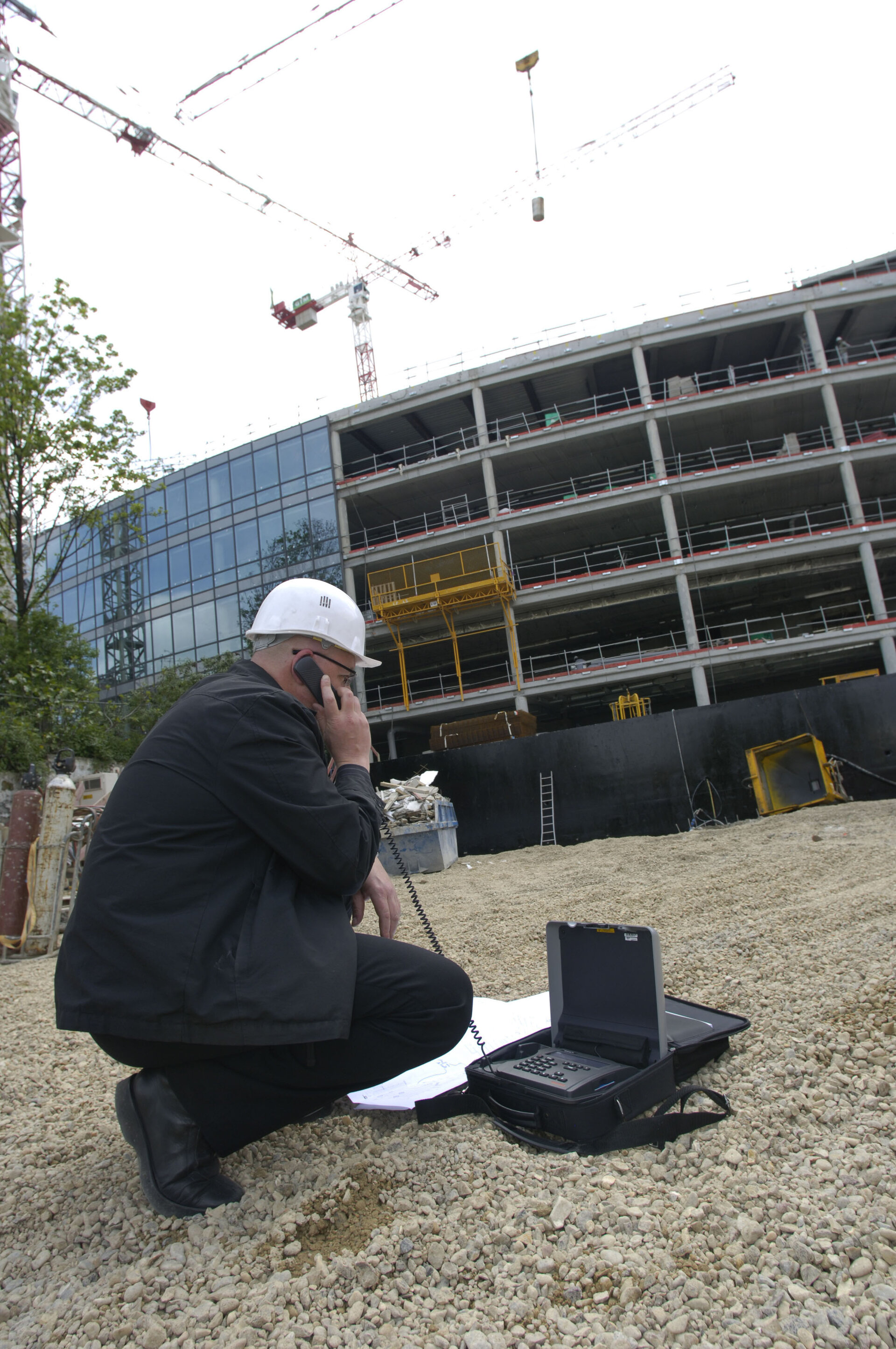Ensuring competitive and innovative industries
Telecommunications and the ARTES programme
The primary objective across the range of ESA Telecommunications programmes is to support the technological competitiveness of European industry as well as to undertake demonstration projects leading to operational systems in partnership with users, operators and service providers. This is done through the Advanced Research in Telecommunications Systems (ARTES) programme.
The extension of the ARTES programme will continue the support to the European space industry through research and development of innovative satellite communications technology, systems and applications to enable industry to meet customer needs, including those of the public sector. ARTES 1 constitutes the preparatory element of the Telecommunications programme.
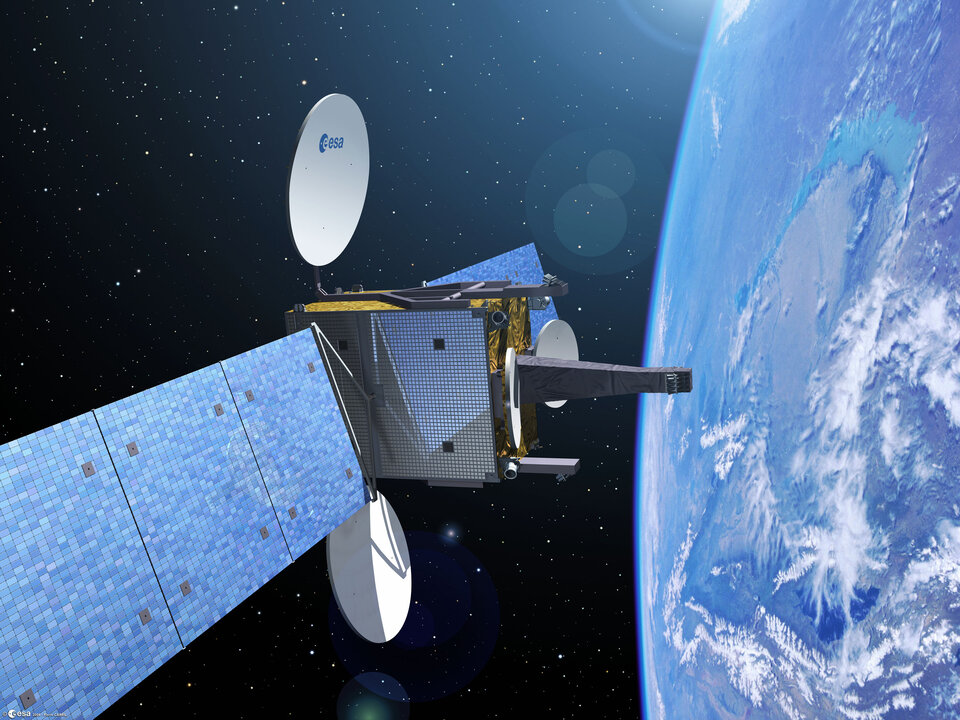
ARTES 3, 4 and 5 are designed to allow the generic development of technology, equipment and systems for industry’s target markets and to allow updates and improvements to existing products. The ARTES 8 extension programme proposes to extend the capability of the large platform Alphabus and to support exploitation of the performances of the Alphasat satellite by developing the required user segment and upgrading the servicesegment.
Finally the ARTES 11 extension programme is aimed at consolidating the Small GEO satellite platform, increasing its competitiveness by means of innovative technologies and enabling the full commercial exploitation of the innovative payloads on board the Small GEO satellite though development of both the ground and user segment.
European Data Relay Satellite programme (ARTES 7)
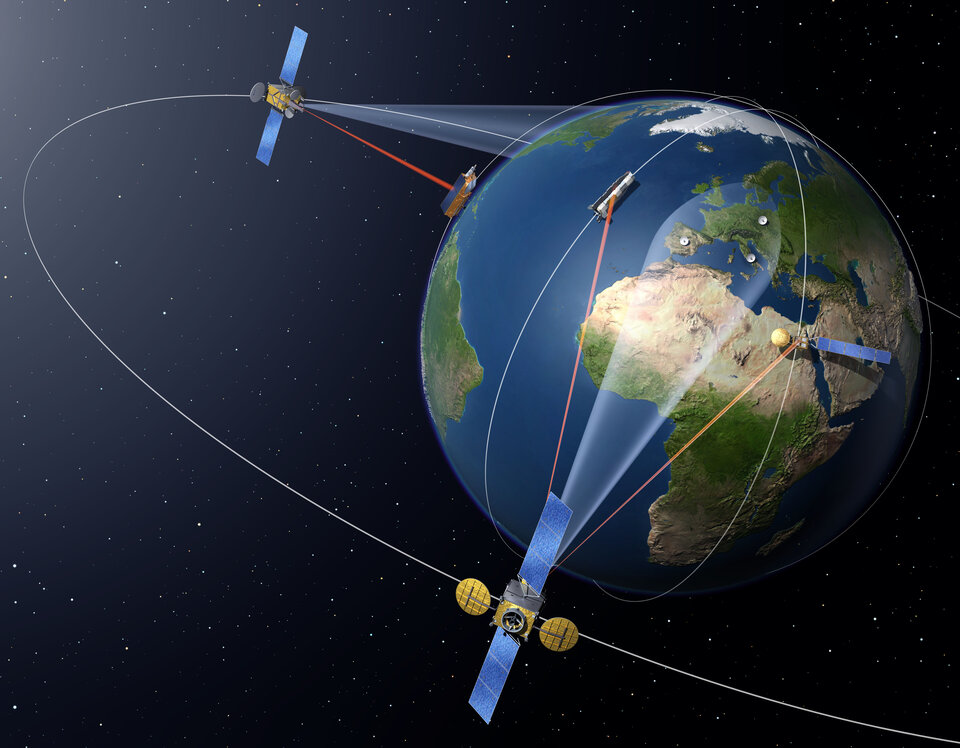
The European Data Relay Satellite (EDRS) programme (ARTES 7) aims at initiating, in partnership with a service provider/operator, operational capabilities in geostationary orbit to provide data relay and related services to efficiently support ESA and, possibly, third party missions.
The EDRS will replace ESA’s Artemis data relay satellite which has been operated successfully since 2003, and will reach end-of-life during the first half of the next decade. The programme will be implemented in a stepped approach, with the first step being primarily focused on services to GMES and on the possibility of serving additional commercial, institutional and security needs.
Iris (ARTES 10)
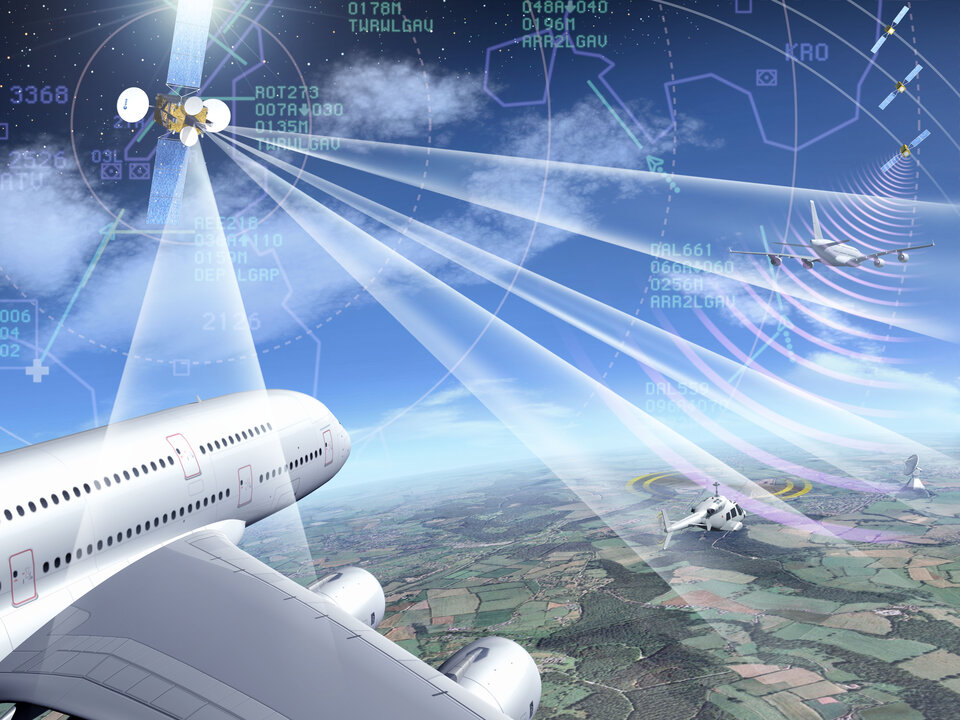
Iris Phase 2.1 (ARTES 10) will achieve the development of a modern communication system enabling safety-of-life air traffic management (ATM) communications via satellite. This programme is configured as the ESA technical contribution to the overall development of a new European ATM system, the European Commission’s SESAR programme.
Particular attention will be devoted to enabling low-cost and low-complexity user terminals and antennas to be used by all aircraft flying under Instrument Flight Rules. The communication standard to be developed will allow seamless operation worldwide.
The Iris programme will also define the satellite infrastructure to be implemented for European airspace. Building upon Iris Phase 1 (2007-08), the programme will include the development of the new satellite communication standard, the user terminals, the ground segment, the space segment, end-to-end satellite system integration, its testing in pre-operational conditions and system validation.
The interface with the overall European ATM system will be defined, including safety analysis involving the future operating entity. The pre-operational capability of the service is being targeted for 2015.
The programme proposal for the Ministerial Council 2008 includes the necessary provisions to perform the industrial Phase B and the associated safety and business case analysis. A 'checkpoint' is planned for 2011, before the go-ahead and funding of the development and validation phases.
Integrated Applications Promotion programme (ARTES 20)
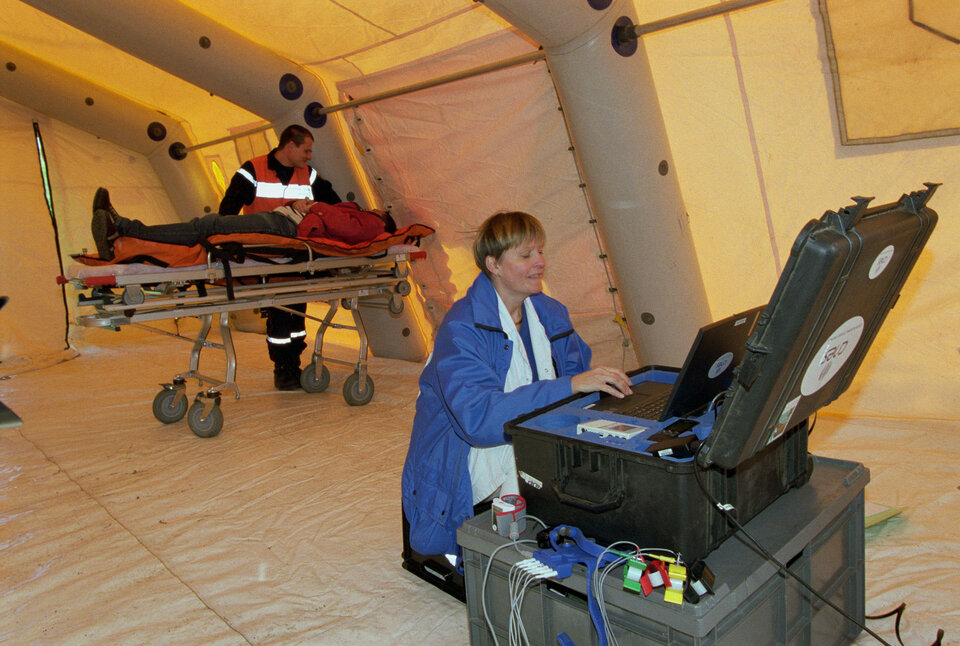
The Integrated Applications Promotion (IAP) programme (ARTES element 20, Phase 1) will foster the use of integrated space systems and technologies (telecommunications, Earth observation, meteorology, etc.) alone or in combination with a variety of terrestrial systems, in a wide range of operational services for society and public policies (natural disaster monitoring and mitigation, search and rescue).
The programme is based on two elements: basic activities (raising awareness of the potential users, identifying potential new services and preparing new projects for demonstration) and demonstration activities (projects that will lead to pre-operational services).
Service providers, industry and user institutions will be involved from the outset with a view to their taking over the service when the activity is mature enough to lead to sustainable operational services.
General Support Technology Programme
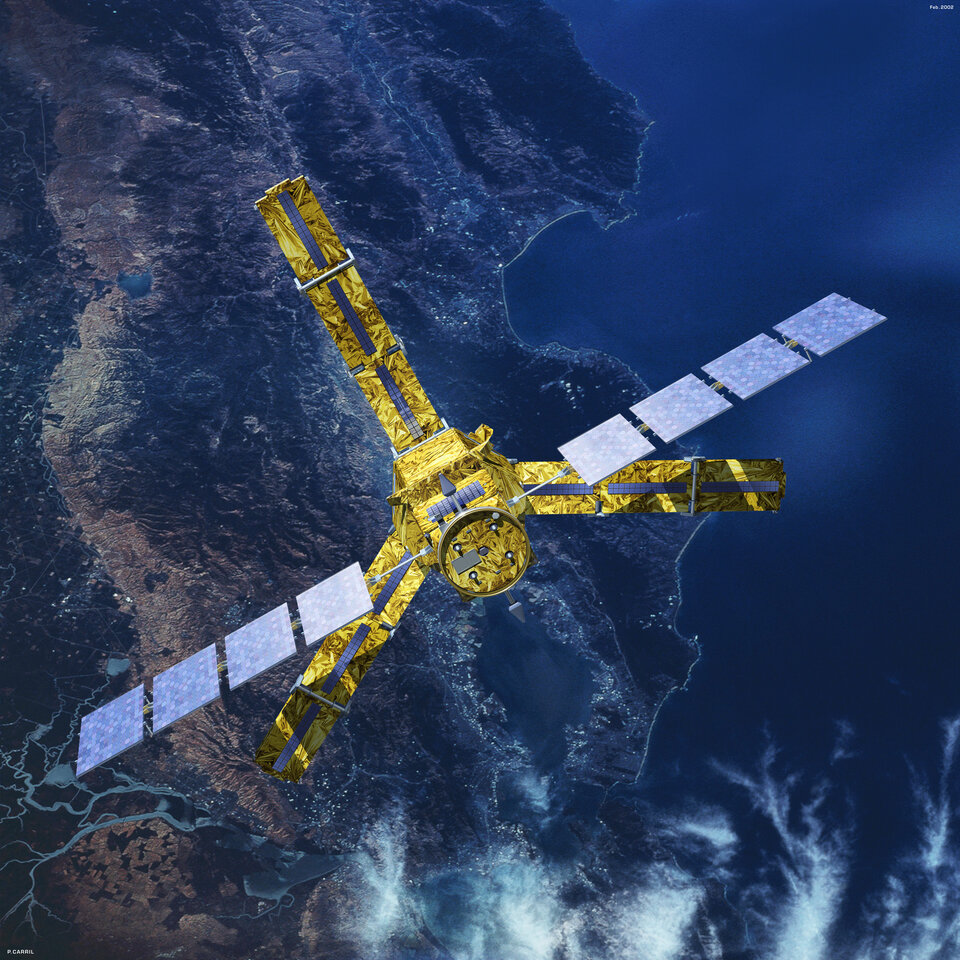
Outside the Telecommunications area, the fifth period of the General Support Technology Programme (GSTP 5) will start in 2009. This will accommodate the objectives of the programme proposal formerly known as 'NewPro'. It will consist of: Element 1, classical GSTP activities; Element 2, development of building blocks and components to high technology readiness level; Element 3, for security technologies; and Element 4, in-orbit demonstrations.
Building blocks will be made available to users in a catalogue of products. This is to be part of the product policy in the newly proposed procurement policy of ESA, aimed at reducing risks to projects and promoting reuse. It will also strengthen European non-dependence while aiming at breakthrough innovation and promoting technology 'spin-in'.


